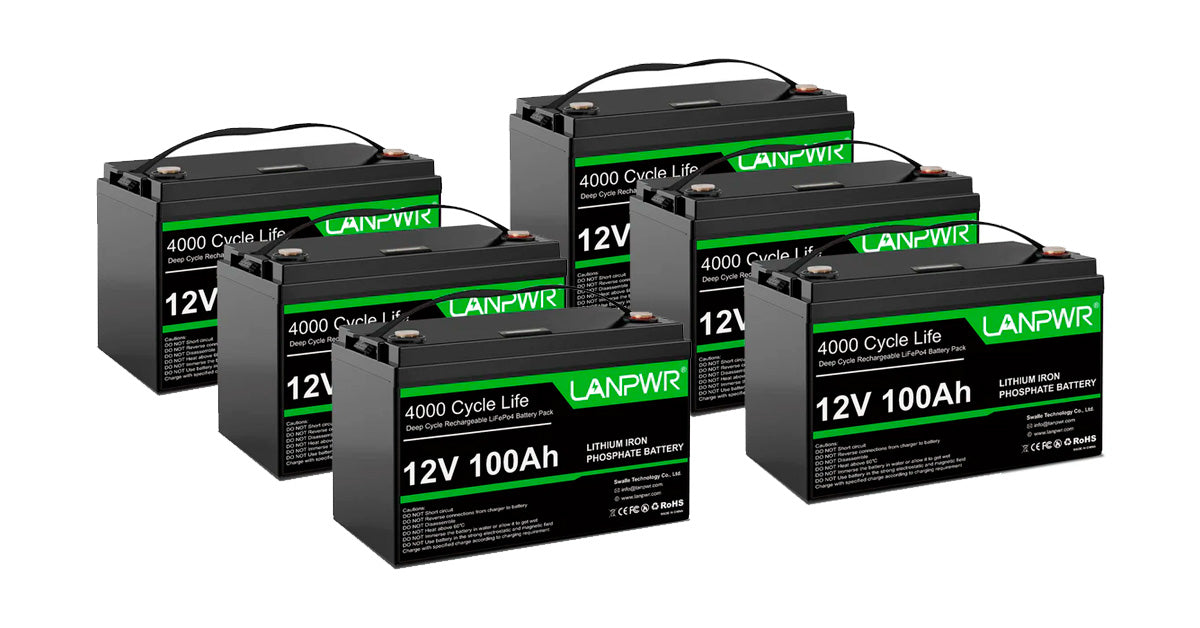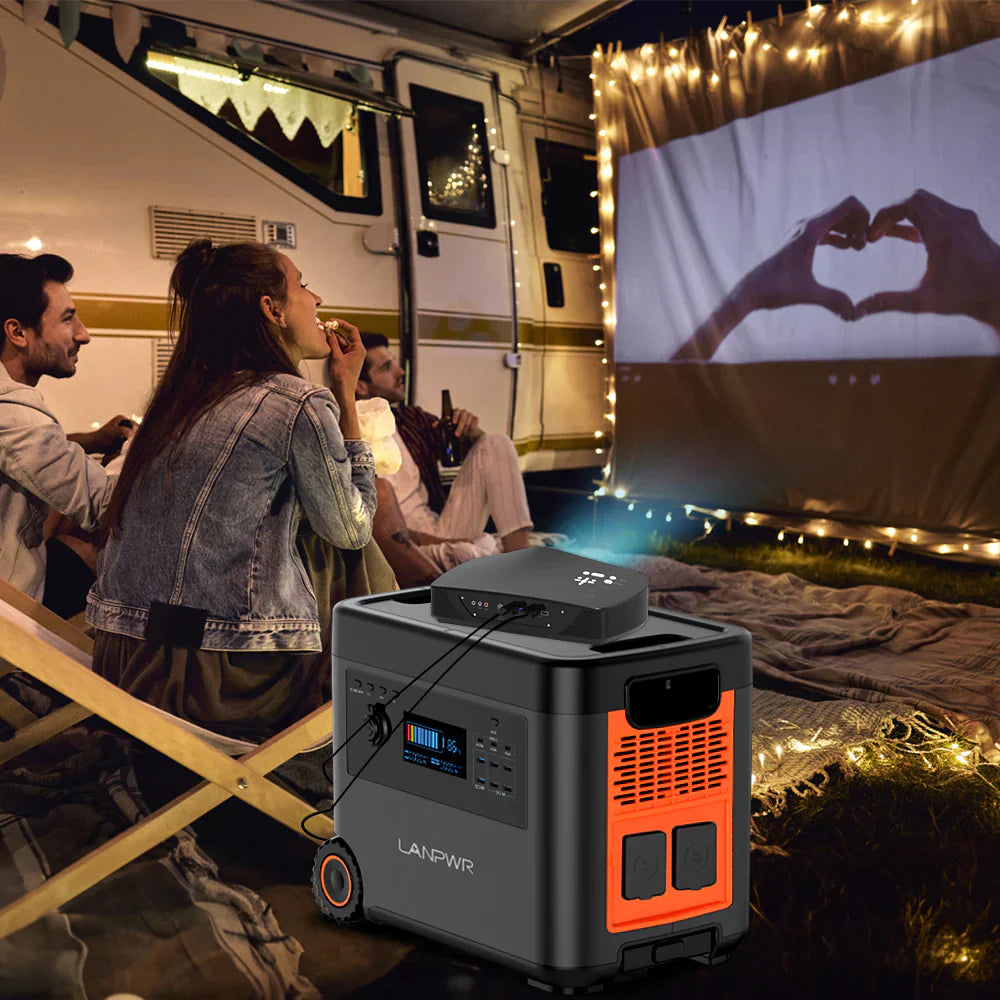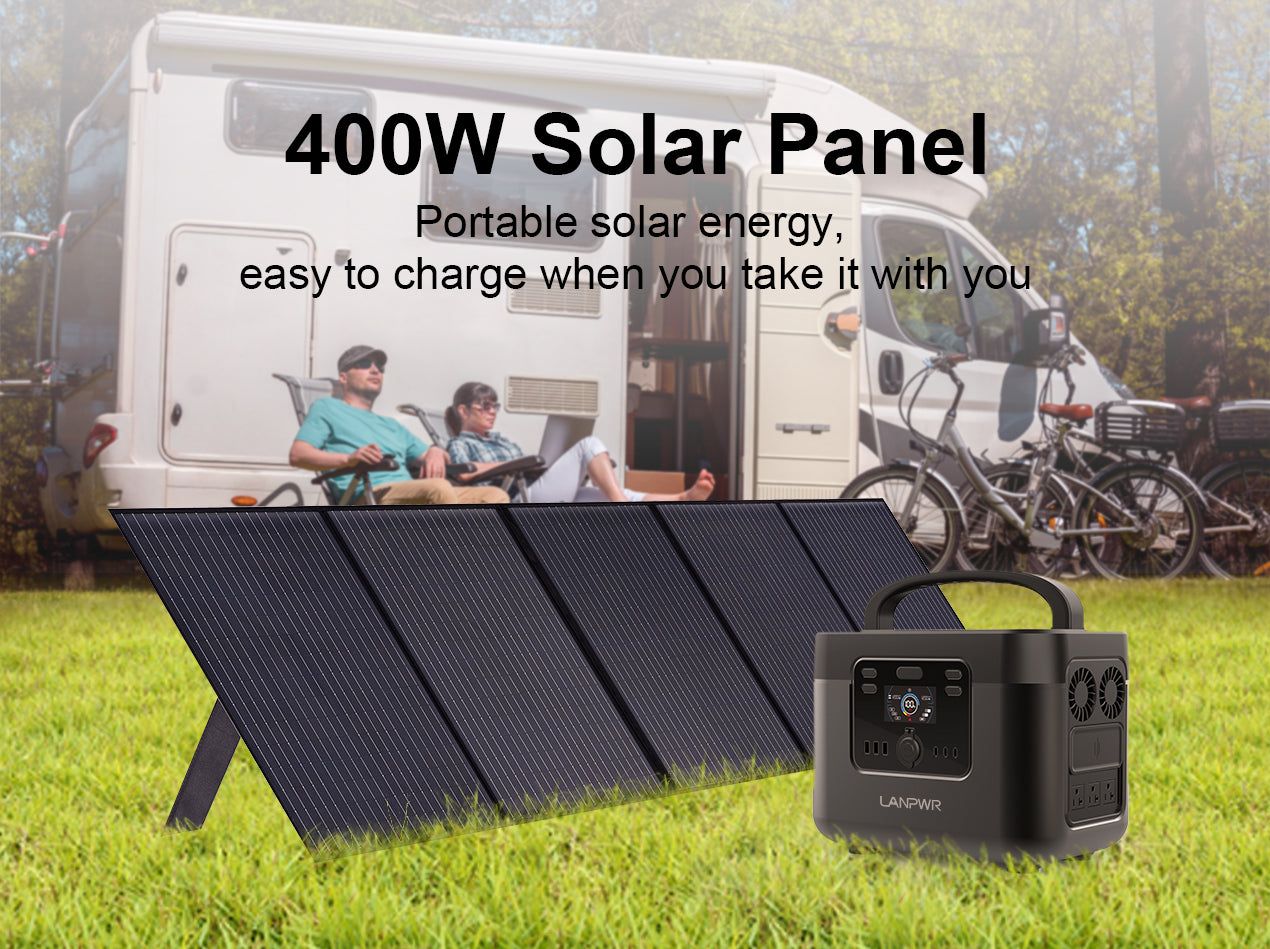One of the emerging trends for a portable power station is during use in different activities like camping, emergency preparedness, remote work, and outdoor events. When choosing the best portable charger, consider things such as capacity, ports, portability, battery type, and inverter quality. Here we are going to delve into the above-listed factors and mention some of the best portable power stations in the market today, some presented by Lanpwr.
Considered Factor When Choosing Power Source
Capacity: The first factor will involve looking into the capacity of a portable power station. This is the measure of energy; a power station holds it in terms of watt-hours. This goes on to determine how long you can run your devices. For instance:
Low Capacity (<300Wh) - This range is suitable for smaller devices such as phones, cameras, and small lights.
Medium Capacity (300Wh-1000Wh) Power Laptops Small Appliances Medical Equipment
High Capacity (>1000Wh): ideal for bigger appliances and multiple devices over a longer period.
Ports: The number as well as the type of ports will determine which devices you can charge at the same time. Types of common ports are:
USB-A and USB-C – these plug into phones, tablets, and laptops.
AC Outlets – for household appliances as well as larger gadgets
DC Outlets – for car accessories and some appliances.
Solar Input: To recharge the power station through solar panels.
Portability: The two most important factors of the power station's weight and size are included under the portability feature. This would come into play when one has to carry around the power station very often or when it has to be used in places where space and weight are concerns.
Lightweight and Compact: Can be easily carried for camping and other outdoor activities.
Heavier units: these units generally have a larger capacity but are more appropriate for stationary use or transportation by vehicle.
Battery type: it determines the performance, longevity, and safety of the power station.
Lithium-Ion (Li-Ion) - the most common, due to high energy density; lightweight, with long service life expected.
Lithium Iron Phosphate (LiFePO4) - is much safer, with a significantly longer lifespan than Li-Ion, but heavier and more costly.
Lead-Acid: Heavy and lower in energy density; therefore, less used but inexpensive.
Inverter Quality: An inverter will take the DC power from the battery and convert it to AC power to run devices.
Pure Sine Wave Inverters: These types of inverters are of good quality and will supply pretty clean power, as you will get out of a house outlet, and are great for running very sensitive electronics.
Modified Sine Wave Inverters: Lower priced but compatibility may be limited.
Top Portable Power Stations
Lanpwr is a popular brand specializing in portable power stations, with many models being offered featuring innovation and reliability as their two main selling points. Here are a few:
Lanpwr 600Wh Portable Power Station
Capacity – 600Wh
Ports- Multiple USB-A, and USB-C ports, AC outlets, and a 12V carport.
Portability – slightly compact, with the dimensions of a carry-on bag, and a carrying handle making it weigh around 13 pounds.
Battery chemistry: Li-ion
Inverter: Pure sine wave inverter, making the device safe for sensitive electronics.
1000Wh Portable Power Station Lanpwr 1000Wh
Ports: Several, from AC outlets to USB-A, USB-C, and DC outlets. More importantly, however, this power station is just slightly bigger—still very much portable, though.
Battery Chemistry: Lithium-Ion
Inverter: Pure sine wave inverter, very safe and stable.
Goal Zero Yeti 1500X
Capacity: 1516Wh
Ports: Equipped with USB-A, USB-C, and AC outlets, and a 12V carport.
Portability: Weigh approximately 43 pounds—best for stationary use or transportation in a vehicle.
Battery Type: Lithium-Ion
Inverter: Employs a pure sine wave inverter that has the capabilities of dealing with devices that require a lot of power without much energy wastage.
Jackery Explorer 1000
Capacity: 1002Wh
Ports: AC outlets, USB-A, USB-C, and a carport.
Portability: Weighs about 22 pounds and has a convenient carrying handle.
The Inverter: Pure Sine wave inverter—great for sensitive electronics.
EcoFlow Delta 1300
Capacity: 1260Wh
Ports: Multiple USB-A, USB-C, AC outlets, and DC outlets
Portability: Lightweight for this type of capacity at 30.9 lbs; includes carrying handle
Battery Type: Lithium-Ion
Inverter: Pure sine wave inverter, supports a wide range of devices.
Anker PowerHouse 800
Capacity: 777Wh
Ports: Several USB ports, AC outlets, and a carport for charging devices on the go.
Portability: It is designed lightweight, weighing just about 18 pounds, to provide ease in handling.
Battery Type: Lithium-Ion
The inverter is installed with a pure sine-wave inverter, which is safe to use with all your electric gadgets.
Importance of Portable Power Source
Portable sources of power, both power banks and portable generators, have come to play an all-important part of today's technology-driven world. To generalize a few, it can be said that the following reasons are important:
Convenience: Portable power sources tend to make it very easy and convenient to power devices like smartphones, tablets, laptops, and any other gadget with ease at any site and at any time. This is especially handy when one is traveling or spending time outdoors, but it also comes in handy when one doesn't have access to traditional sources of power.
Emergency Use: During power outages, other natural disasters, or emergencies of any kind, portable power sources can provide a lifeline, making sure vital devices stay operational for your access to staying connected and informed.
Productivity at Work: Portable power sources for remote or mobile professionals ensure continuous productivity by keeping their laptops, cameras, and other gadgets in use ditched at work alive without fixed power sources.
Outdoor Activities: These involve camping and hiking, which usually take you out and away from conventional sources of power. Portable power devices help to run your equipment, say, for instance, GPS devices, lights, and communication devices, among others.
Versatility: Most portable power sources have numerous outputs like USB ports, AC outlets, and DC outputs, making them versatile to use in charging a wide array of devices.
Sustainability: Some of these portable power sources can be powered by renewable energies, for example, solar panels, which are environmentally friendly and help reduce dependency on other nonrenewable power sources.
Compact and lightweight: Technological advancement has led to compact and lightweight portable sources of energy, thus increasing portability while not at the cost of capacity and efficiency of the source.
Final Word,
When choosing the best portable power source for your needs, consider factors such as capacity, ports, portability, battery type, and inverter. Take a look at our top recommendations and choose a power station that fits your lifestyle and power needs.














Leave a comment
This site is protected by hCaptcha and the hCaptcha Privacy Policy and Terms of Service apply.